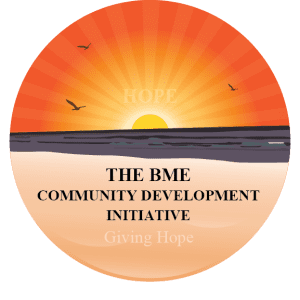Youth Violence Prevention: Evidence-Based Programs for Youth Violence Prevention
Not all prevention programs are created equal – some have much stronger evidence of effectiveness than others. In recent years, researchers and practitioners have identified evidence-based programs that demonstrably reduce youth violence. Funders looking to back prevention should consider these proven models:
- Multisystemic Therapy (MST): MST is an intensive, family-focused intervention for youth already involved in serious delinquency or violence. Therapists work not just with the young person, but also with their family, school, and peer group to change the factors driving their behavior. Multiple studies have shown MST significantly cuts rates of re-arrest and violent offending among participants, making it a gold standard for high-risk youth intervention. By funding MST or similar wraparound counseling programs, one can expect fewer violent incidents and justice system costsorg.uk.
- Youth Cognitive-Behavioral Programs: Cognitive-behavioral training helps adolescents develop better decision-making and anger management skills. One example is the “Cure Violence” model’s curriculum, which teaches youth to pause and think in high-conflict situations (this is often delivered by outreach workers or in group sessions). Evaluations have found that cognitive-behavioral approaches can reduce impulsive aggression and retaliatory violence – key drivers of fights among youth. As a result, cities implementing these programs report reductions in violent injuries. For instance, hospital-based violence intervention programs use cognitive-behavioral techniques with injured youth, leading to lower rates of re-injury and retaliation after the young person recoversorg.
- After-School and Summer Programs: Structured after-school programs that include mentoring, academic support, and recreation have a strong evidence base. The Youth Endowment Fund in the UK found that various after-school interventions (from sports to tutoring) help cut crime by keeping teens engaged during idle hours and improving their life skillsorg.uk. Similarly, summer jobs programs for teens – which provide paid work experience and mentorship – have been shown in U.S. cities to reduce violent crime arrests among participants. These programs are attractive to funders because they yield multiple benefits: safer communities immediately, plus improved education and employment prospects for youth.
- School-Based Social-Emotional Learning (SEL): Programs that explicitly teach SEL skills (empathy, conflict resolution, managing emotions) in schools can reduce aggressive incidents. One well-known example is the “Second Step” violence prevention curriculum used in many middle schools. Rigorous evaluations link SEL training to lower rates of fighting and bullying. Peer mediation programs, where students are trained to help mediate disputes among classmates, also show promise in cutting down violence in school settings. Supporting SEL or peer-led initiatives in schools is a direct way to build a culture of non-violence among youth.
- Focused Deterrence for Groups: On the more intensive end, focused deterrence strategies (like the “Group Violence Intervention”) combine enforcement with outreach to specifically target the small groups of youth driving most violence (gangs or crews). The evidence here is strong: cities applying focused deterrence have documented rapid declines in shootings and homicides. While this approach involves law enforcement, it crucially also involves social services offering youth alternatives to violent group activity. Funding the supportive service side – e.g. job training slots, relocation assistance, or therapy for youth who choose to exit gangs – is pivotal to the success of focused deterrence.
In summary, there is now a menu of evidence-backed interventions for youth violence prevention. Communities are not starting from scratch – they can adopt and adapt programs that have worked elsewhere. Funders should insist on programs with proven track records or at least solid theoretical grounding and a commitment to evaluation. By channeling resources to evidence-based approaches, funders ensure that their investment translates into real-world impact: measurably lower rates of youth violence, fewer victims, and more youth on a positive path. Moreover, supporting rigorous monitoring and evaluation as part of these programs will continue to build the knowledge base of what works, creating a virtuous cycle of learning and improvement in youth violence preventionyouthendowmentfund.org.ukifs.org.uk.




